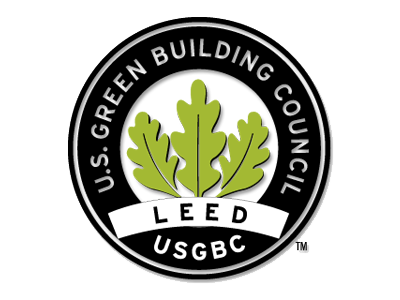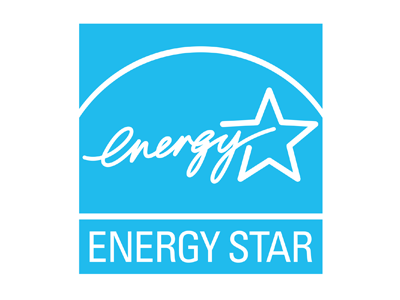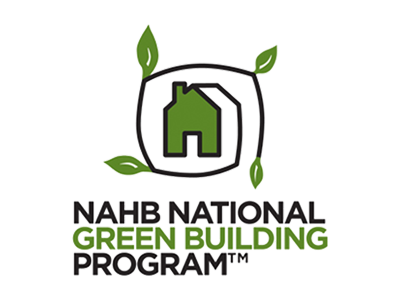- >CALL ☎
- >TEXT 💬
Cellulose Insulation
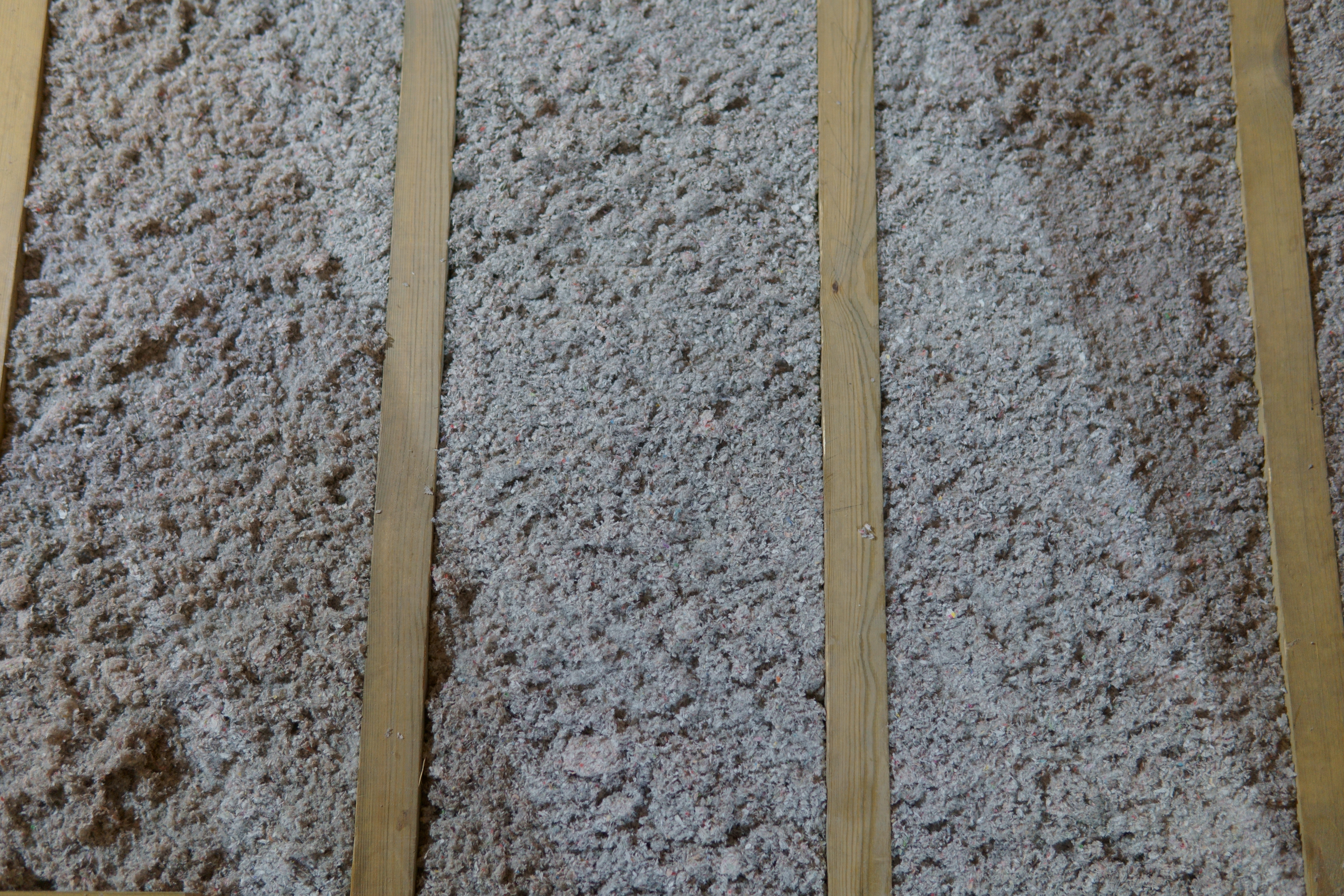
Cellulose Insulation
Eco-Smart Insulation for a Quieter, More Efficient Home.
A balance of performance, sustainability, and value.

Most homes older than five years likely need more insulation to meet current efficiency standards. Upgrading to new, ENERGY STAR qualified insulation can reduce your home's annual heating/cooling utility bill by up to 20%*

Cellulose Insulation
Learn more about your cellulose insulation options.
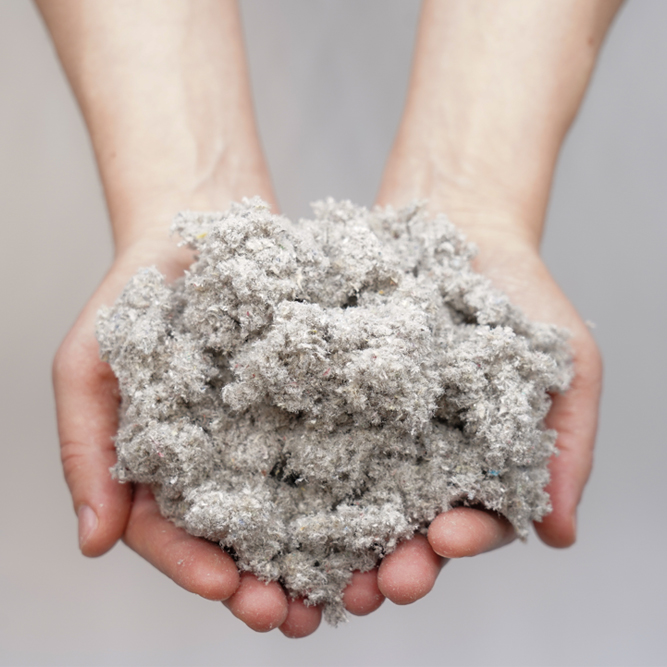
Blown-in (Loose Fill) Cellulose Application
Blown-in Cellulose, also known as loose-fill is the most common and versatile method for insulating attics. Using specialized equipment, dry cellulose fibers (made primarily from recycled paper, treated for fire and pest resistance) are blown into the attic cavity, creating a thick, uniform blanket of insulation over the attic floor. This process is highly efficient, quickly filling irregular spaces and often blowing over existing, inadequate insulation to boost your home's R-value.
Typically R-3.2 to R-3.8 per inch, offering excellent thermal resistance.
Cost-effective, easy to install in open spaces, excellent thermal and acoustic properties, and made from recycled materials.
Get Estimate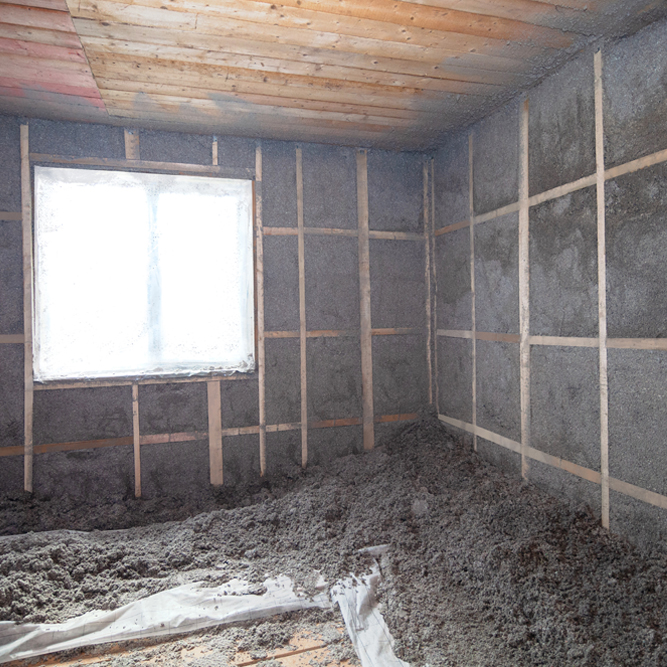
Dense-Pack Cellulose Application
Dense-Pack Cellulose involves blowing dry cellulose fibers into enclosed wall cavities or other framed spaces at a much higher density than loose-fill. This method creates a highly compressed thermal and air barrier that prevents air movement (convection) within the cavity, which is a major source of heat loss. It's particularly effective for improving the performance of existing walls without major demolition.
Ranges from R-3.2 to R-4.0 per inch, making it a great option.
Superior air sealing, excellent R-value per inch (due to density), exceptional sound dampening, prevents settling within walls, and significantly improves comfort and energy efficiency in existing homes.
Get Estimate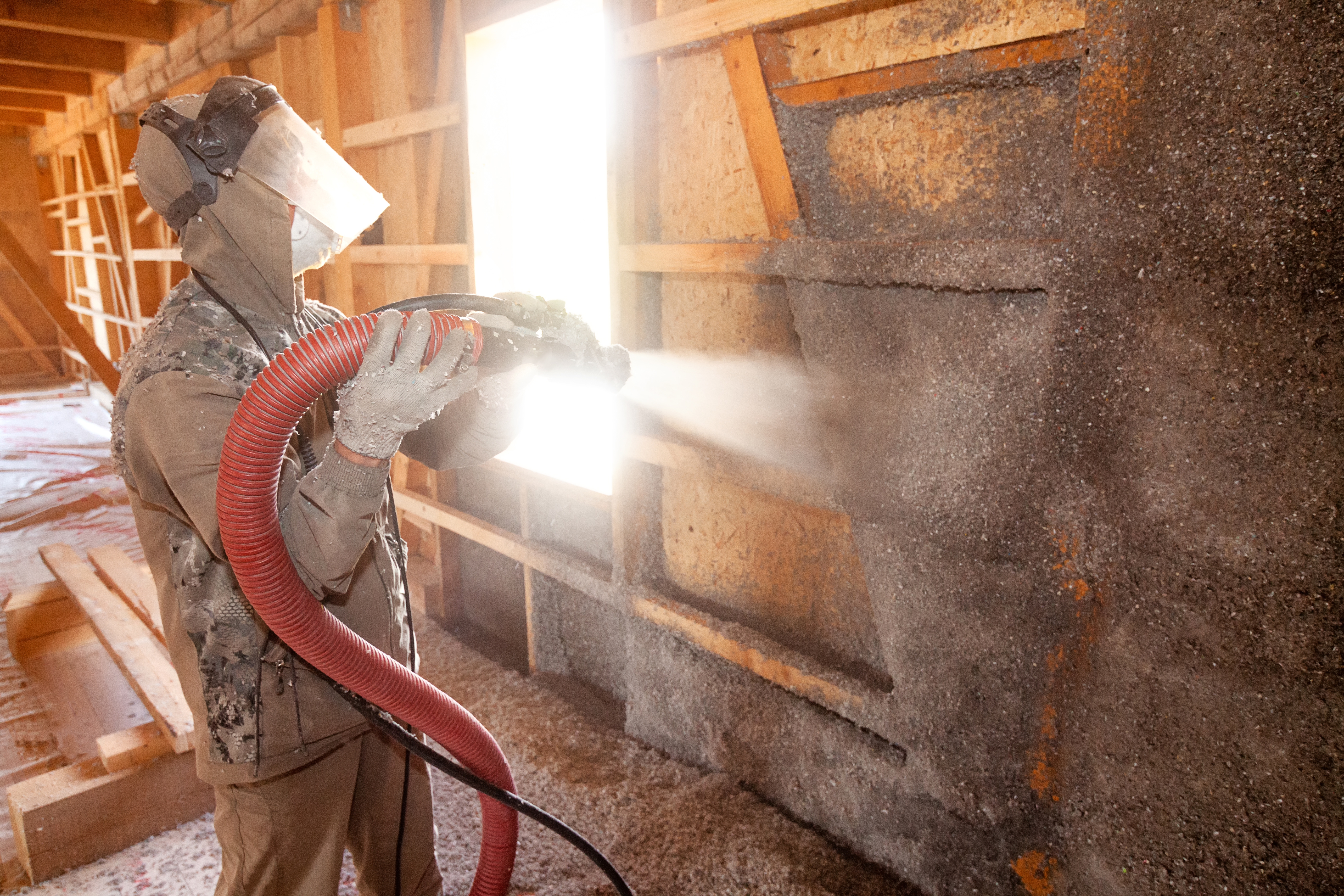
Wet Spray Cellulose Application
Wet Spray Cellulose (also known as "stabilized" or "damp-spray") involves mixing cellulose fibers with a small amount of water and a non-toxic binder immediately before application. This damp mixture adheres to vertical and overhead surfaces, creating a continuous, monolithic layer of insulation that precisely fills cavities and eliminates gaps. It's particularly effective for new construction or major renovations where walls are exposed.
Typically 3.2 to 3.8 per inch per inch, preventing heat transfer through walls and ceilings.
Excellent air sealing, minimal settling over time, superior thermal performance, exceptional sound absorption, high recycled content, and provides a seamless insulation layer that conforms perfectly to the building's structure.
Get Estimate6 Benefits of Cellulose Insulation
Cost-Effective Performance
With a mid-range cost per square foot, cellulose insulation offers a strong balance of performance and affordability. Its ability to air seal and provide excellent thermal resistance can lead to significant energy savings over time, making it a very cost-effective choice in the long run.
Excellent Air Sealing
Due to its dense, fibrous composition and the way it's blown into cavities, cellulose insulation excels at filling small gaps, cracks, and voids. This creates a more effective air barrier than many batt insulations, significantly reducing air leakage and drafts, which are major sources of energy loss.
Superior Sound Dampening
The dense and irregular fibers of cellulose are highly effective at absorbing sound. This makes it an excellent choice for reducing noise transmission from outside (traffic, neighbors) and between different rooms or floors within the house, leading to a quieter, more peaceful indoor environment.
Fire Resistance
Cellulose insulation is commonly treated with non-toxic borate chemicals, which act as fire retardants. This treatment significantly enhances its fire resistance, often making it more fire-resistant than untreated wood framing and providing occupants with more escape time in the event of a fire.
Pest and Mold Deterrence
The borate treatment applied to cellulose also acts as a deterrent for common household pests like insects and rodents. Additionally, borate helps inhibit mold and fungal growth, contributing to better indoor air quality and long-term durability, even if some moisture is present.
High Recycled Content
Cellulose insulation is typically made from 80-85% recycled paper products (like newspapers and cardboard), making it one of the most environmentally friendly insulation choices. It helps divert waste from landfills and has a lower embodied energy (energy used in production) compared to many other insulation types.
Free Estimates |
Discover your insulation options with a no-cost, in-home visit from one of our licensed specialists. Our estimates include fair, upfront pricing with no hidden costs and a realistic project timeline. We'll email your comprehensive estimate directly to you.
Frequently Asked Questions
Both are loose-fill materials, excellent for filling irregular attic spaces.
Blown-in Cellulose is primarily made from recycled paper and treated with non-toxic borate chemicals for fire resistance and pest deterrence. It tends to be denser, offering better sound dampening and air sealing properties, with a slightly higher R-value per inch.
Blown-in Fiberglass is made from spun glass fibers. It's lighter, generally less expensive, and non-combustible. While it insulates well, it might not offer the same level of air sealing as cellulose if not installed densely enough.
Blown-in Fiberglass: Most budget-friendly for initial cost.
Blown-in Cellulose: Slightly more expensive than fiberglass but still very cost-effective.
Mineral Wool Batts: A mid-range option, often pricier due to density and specialized benefits.
Spray Foam: The highest initial investment, but often delivers the fastest payback through significant energy savings. Costs vary significantly between open-cell and closed-cell.
Keep in mind that prices are general estimates and can vary based on location, attic size, required R-value, and labor.
You might need new insulation if you notice high energy bills, uneven temperatures throughout your home, drafty rooms, or visible signs of wear and tear on your current insulation.
Insulating your home isn't just about staying warm or cool; it's a smart investment with a wide range of advantages:
Comfort: Good insulation acts as a barrier, keeping your home warmer in winter and cooler in summer. It eliminates annoying drafts by sealing air leaks, ensuring a consistent and more comfortable living environment year-round.
Significant Energy and Cost Savings: By drastically reducing heat transfer, insulation minimizes the workload on your HVAC system. This means lower energy consumption and significantly reduced utility bills. Your heating and cooling systems will run more efficiently, potentially extending their lifespan and cutting down on maintenance costs.
Environmental Impact: Using less energy directly translates to lower carbon dioxide emissions, contributing to a healthier planet and fighting climate change. Many insulation products also promote sustainability by being made from recycled materials or natural, renewable fibers.
Health and Indoor Air Quality: Proper insulation helps manage moisture, which reduces the risk of mold growth and promotes cleaner indoor air for everyone in your home. Plus, many insulation materials offer soundproofing benefits, creating a quieter, more peaceful living space by blocking outside noise and reducing sound transfer between rooms.
Home Value and Safety: A well-insulated home is a more attractive home. It's often more appealing to potential buyers, which can lead to a higher selling price down the line. As an added bonus, certain insulation materials provide fire-resistant properties, boosting your home's overall safety.
The installation time depends on the size of the area and the type of insulation used. Most projects can be completed in a day or two. We include timeline estimates along with our free in-home quotes.
Yes, we are fully licensed and insured for your protection.
Testimonials

